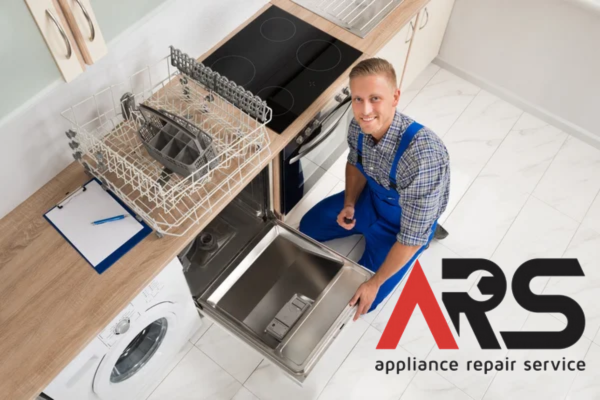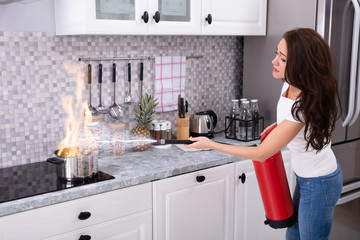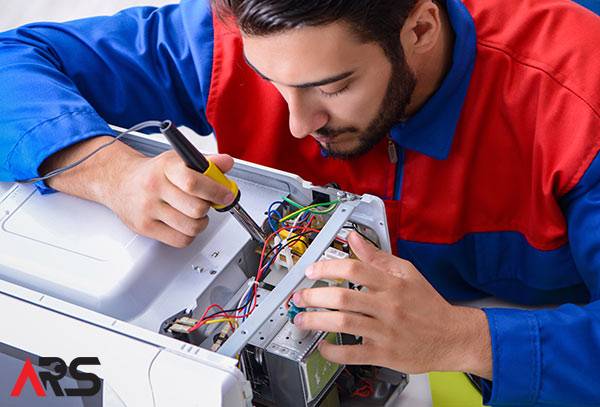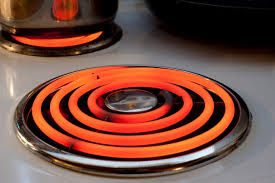
Oven Elements
Your stove and oven are essential appliances in your kitchen, responsible for cooking meals and baking treats. However, like all appliances, their elements can wear out over time. Knowing when to replace these elements can save you from inconvenient breakdowns and potential safety hazards. This guide will help you understand when it’s time to replace your stove and oven elements and why professional assistance is crucial.
Understanding Stove and Oven Elements
What Are Stove and Oven Elements?
Stove and oven elements are the components that generate heat for cooking. In electric stoves, these elements are typically coil burners or smooth top heating elements. Ovens have bake and broil elements responsible for distributing heat evenly inside the oven cavity.
Types of Elements
- Coil Elements: Found in older electric stoves, these are metal coils that heat up when electricity passes through them.
- Smooth Top Elements: Used in modern electric stoves, these are flat and usually made of ceramic or glass.
- Bake Elements: Located at the bottom of the oven, responsible for baking and roasting.
- Broil Elements: Positioned at the top of the oven, used for broiling and browning food.
Signs That It’s Time to Replace Your Stove and Oven Elements
Visible Damage
One of the most obvious signs that an element needs replacement is visible damage. This includes:
- Burn Marks: Blackened or scorched areas on the element.
- Blisters: Bubbling or blisters on the surface of the element.
- Cracks: Any visible cracks, especially on smooth top elements.
Inconsistent Heating
If your stove or oven is not heating evenly or takes longer than usual to reach the desired temperature, the elements might be failing.
- Hot Spots: Certain areas of the element heat more than others, leading to uneven cooking.
- Slow Heating: The element takes longer than usual to heat up, which can affect cooking times.
Element Doesn’t Heat Up
If an element doesn’t heat up at all, it’s a clear sign that it needs to be replaced. This could be due to a break in the element or an issue with the electrical connection.
Frequent Tripping of Circuit Breaker
A faulty element can cause the circuit breaker to trip frequently. This is a safety feature to prevent electrical fires, indicating that the element may be drawing too much current.
Steps to Identify a Faulty Element
Visual Inspection
Start with a visual inspection to check for any obvious signs of damage as mentioned earlier.
Testing with a Multimeter
For a more accurate diagnosis, you can use a multimeter to test the continuity of the element.
- Turn off Power: Ensure the appliance is unplugged or the circuit breaker is turned off.
- Access the Element: Remove the element from the stove or oven.
- Set Multimeter to Continuity Test: Touch the probes to the element terminals.
- Check Reading: A continuous reading indicates the element is still functional, while a zero or infinite reading means it’s faulty.
Compared with Other Elements
If one element is not working, compare it with other working elements to identify differences in appearance or performance.
DIY Replacement vs. Professional Repair
DIY Replacement
Replacing stove and oven elements can be a DIY task if you are comfortable with handling electrical components. However, it requires:
- Basic Tools: Screwdriver, multimeter, and gloves.
- Knowledge: Understanding of the appliance’s wiring and safety protocols.
Professional Repair
Hiring a professional appliance repair service is recommended for several reasons:
- Safety: Professionals ensure the job is done safely, minimizing risks.
- Expertise: Trained technicians can diagnose and fix issues more accurately.
- Warranty: Professional repairs often come with a warranty, providing peace of mind.
Conclusion
Maintaining your stove and oven in optimal condition is essential for a functional and safe kitchen. Recognizing the signs that indicate when to replace stove and oven elements can save you time, money, and potential hazards. Regular inspections and being attentive to the performance of your appliances can help you identify issues before they escalate into major problems.
Ignoring signs such as visible damage, inconsistent heating, or elements that don’t heat up can lead to further complications, including inefficient cooking, higher energy bills, and even safety risks like electrical fires. It’s important to address these issues promptly to ensure your appliances continue to perform at their best.
While some may consider a DIY approach to replacing stove and oven elements, it’s crucial to understand the risks involved. Handling electrical components without proper knowledge and tools can lead to injuries or further damage to the appliance. Moreover, misdiagnosing the issue can result in unnecessary replacements or repairs, costing you more in the long run.
Ultimately, the safest and most reliable option is to seek professional assistance. Professional technicians have the expertise and tools to accurately diagnose and fix the problem, ensuring your appliances are in top working condition. They also provide warranties on their work, offering peace of mind that the job has been done correctly and will last.
Choosing a reputable appliance repair service is vital for ensuring quality repairs and maintenance. By investing in professional services, you not only extend the lifespan of your appliances but also maintain a safe and efficient kitchen environment.
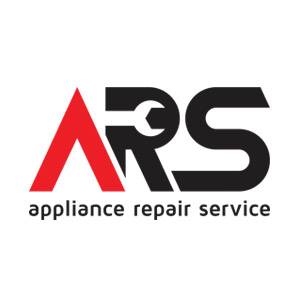
ARS Appliance Repair Service has been trusted across Toronto, Ottawa, and Southern Ontario for over a decade. Our licensed, manufacturer-authorized technicians specialize in repairing all major household and commercial appliances with genuine parts and warranty-backed service. From refrigerators and washers to ovens, dishwashers, and more, we restore appliances quickly, professionally, and correctly the first time, earning the confidence of homeowners and businesses throughout the region.
